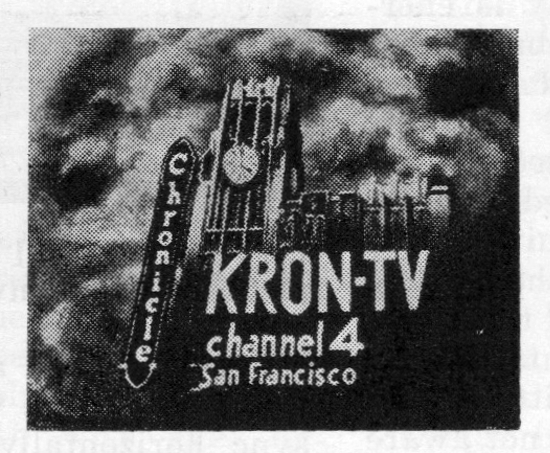1951 station identification card for WBZ-TV in Boston, channel 4
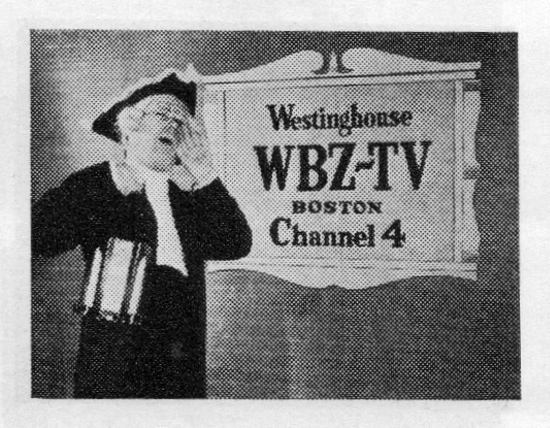
Think TVs are expensive today? In early 1947 a high-end 24-inch television set would set you back $2,500 (about $24,000 adjusted for inflation). And unless you lived in New York, there really wasn’t much to watch, with just eight TV stations operating in the United States and three of those only seen in New York City.
But over just a few short years the television industry would see tremendous growth, with TV prices slowly coming down and dozens of stations rapidly opening up shop across the country. By early 1951 there were 107 TV stations operating in the United States which had the potential to reach 87 million people in 43 states—provided you had a TV set.
The FCC required then (as it still does today) that station identification occur at regular intervals. Channels across the country had their own station ID cards which were broadcast to inform viewers of what channel they were watching. Today these cards give us a fantastic peek at the regional personality of TV in the middle of the 20th century.
The January 1951 issue of Radio-Electronics magazine included a listing of the nation’s TV stations, along with pictures of their station identification cards. The magazine included reproductions of 101 ID cards, though I’ve included just a handful below.
The card from Boston’s WBZ-TV features an actor pantomiming Paul Revere’s warning that the British are coming; San Antonio’s WOAI-TV includes a photo of the Alamo; San Francisco’s KGO-TV shows the Golden Gate Bridge. And one of the most interesting of the cards comes from KFMB-TV in San Diego, which features a battleship and the station’s call letters spelled out in rope — clearly a nod to the enormous U.S. Navy presence in the city.
Television as a medium had endured a long, tough slog to establish itself, beginning in the 19th century. But once the 1950s hit and the number of broadcast stations across the U.S. exploded, it was clearly here to stay.
WBEN-TV in Buffalo, channel 4
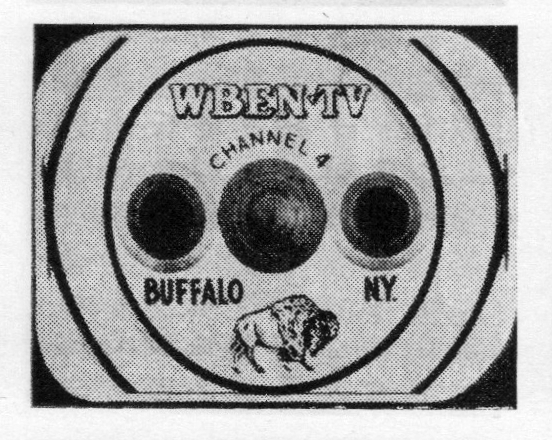
WTVJ-TV in Miami, channel 4
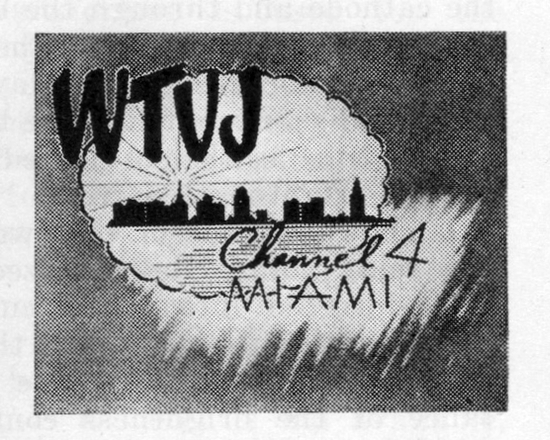
KGO-TV in San Francisco, channel 7
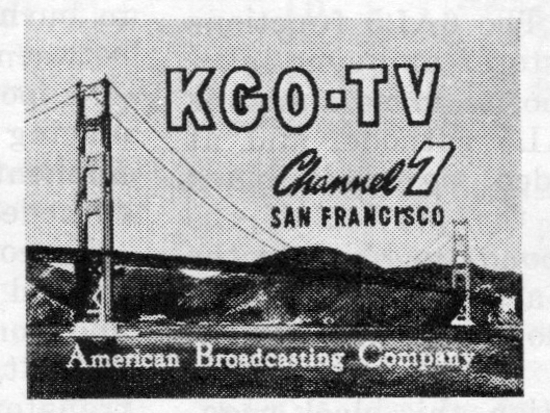
WMAL-TV in Washington, D.C., channel 7

WOAI-TV in San Antonio, channel 4
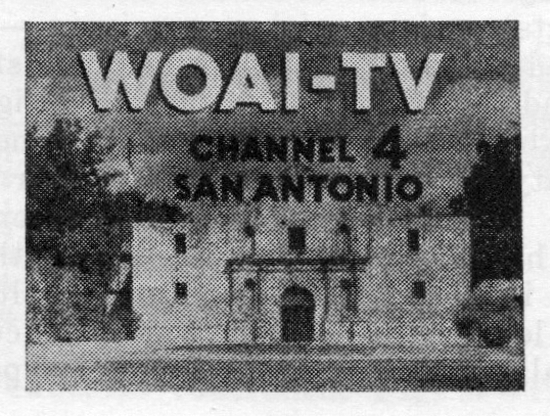
KNBH in Los Angeles, channel 4
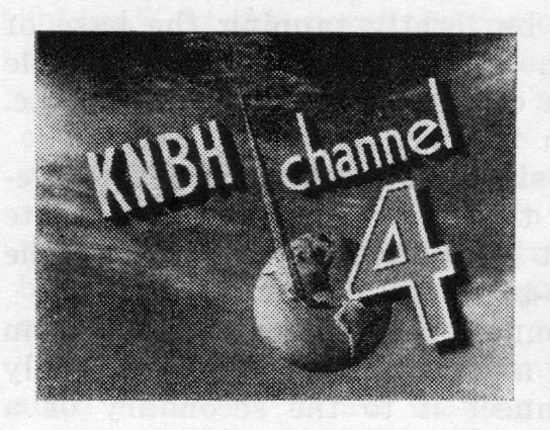
KPIX in San Francisco, channel 5
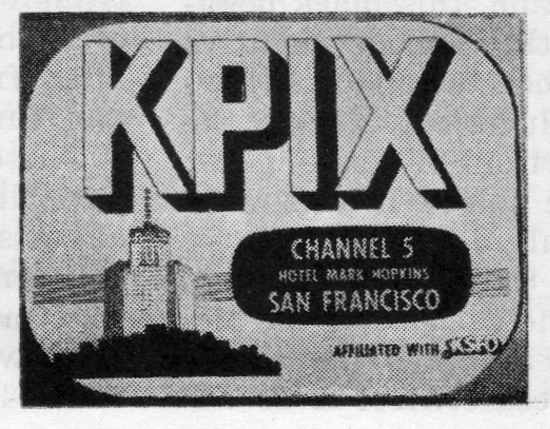
WDSU-TV in New Orleans, channel 6
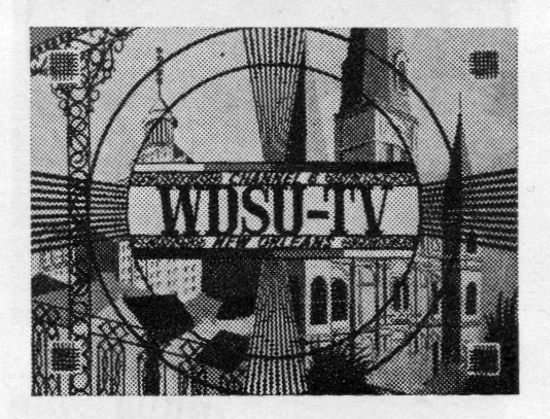
WGN-TV in Chicago, channel 9
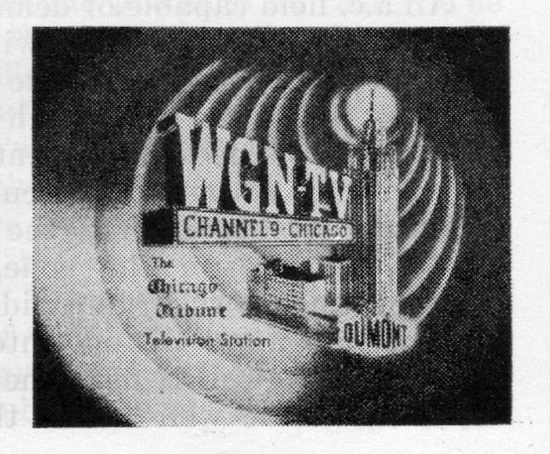
KDYL-TV in Salt Lake City, channel 4
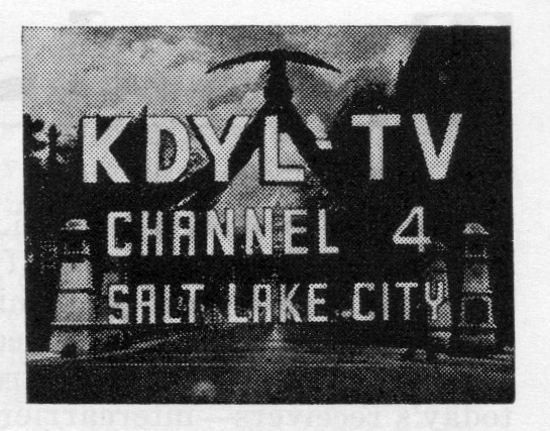
KFMB-TV in San Diego, channel 8
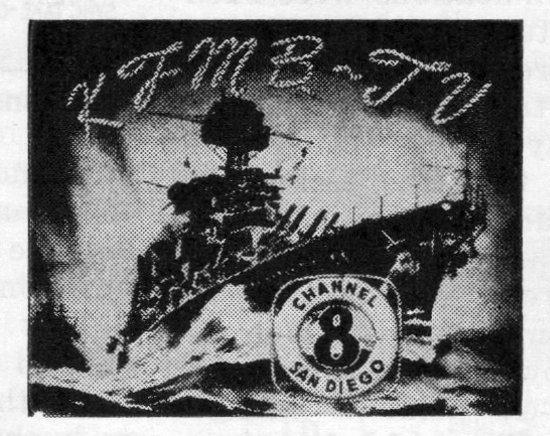
KTLA in Los Angeles, channel 5
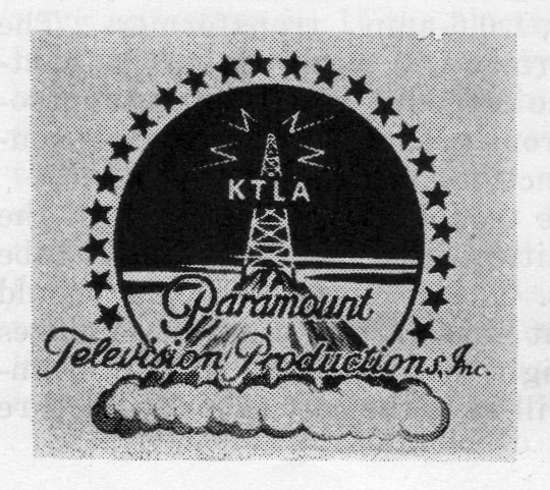
WAVE-TV in Louisville, channel 5

WKTV in Utica, channel 13
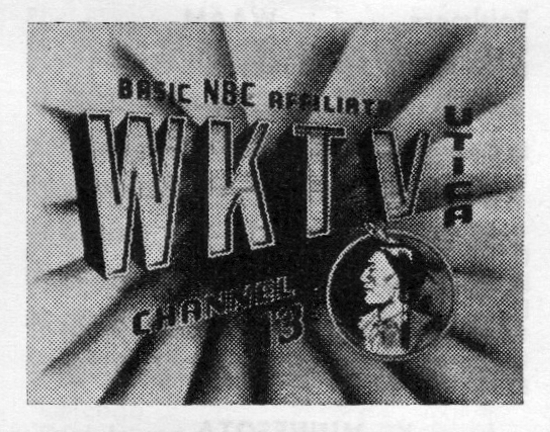
WAGA-TV in Atlanta, channel 5
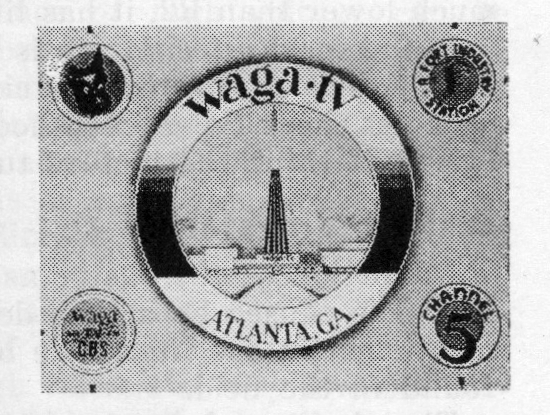
WLAV-TV in Grand Rapids, channel 7

WRGB-TV in Schenectady, channel 4

WTMJ-TV in Milwaukee, channel 3
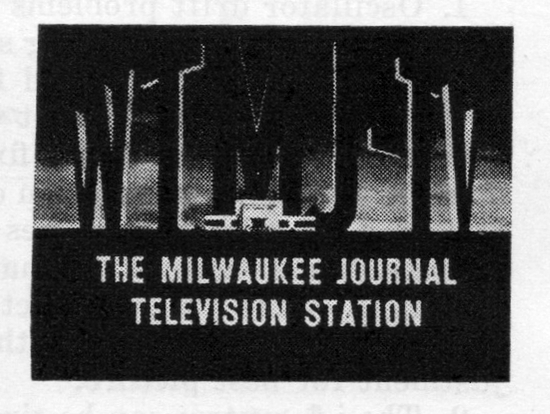
KRON-TV in San Francisco, channel 4
